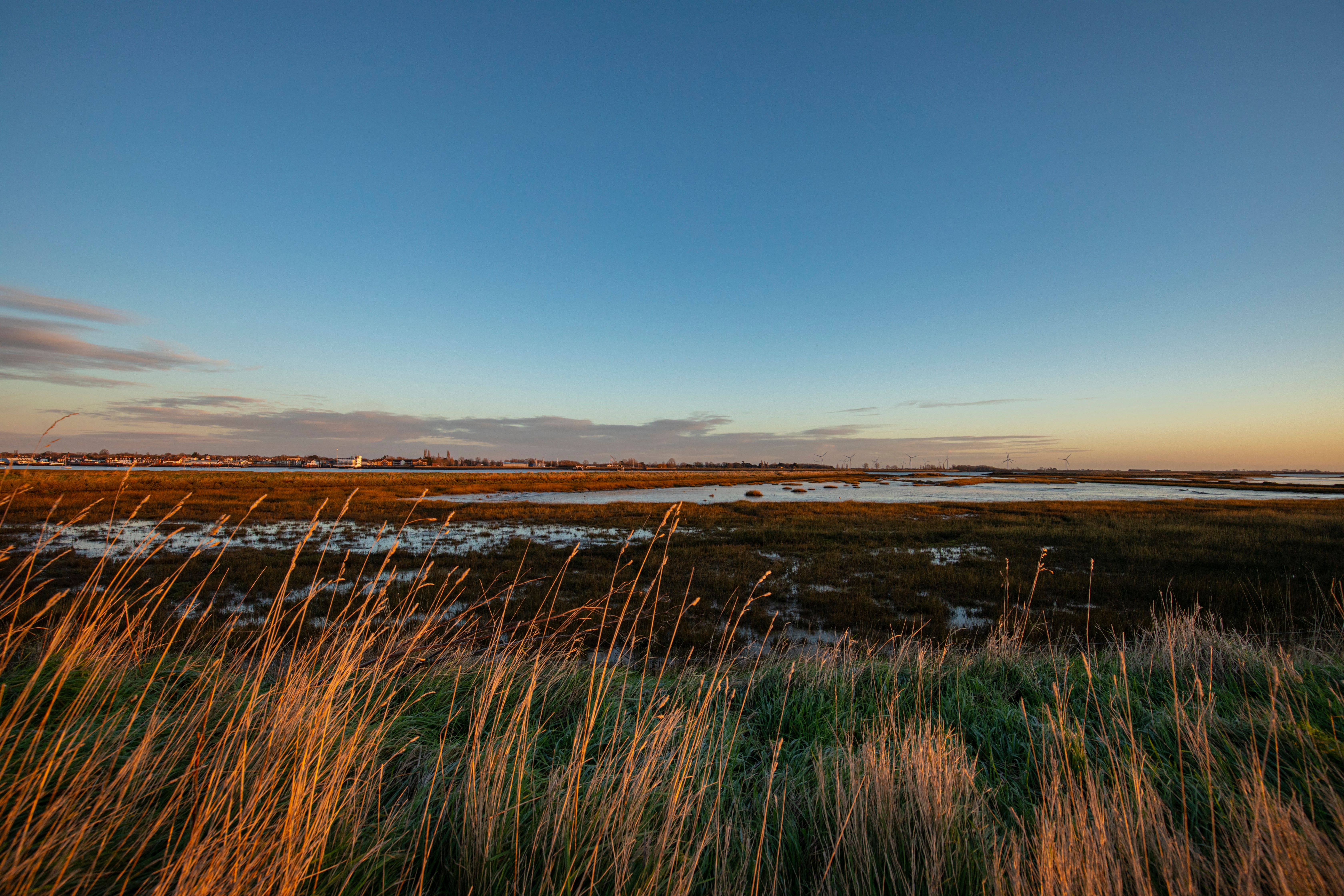Nature reserve built with help of soil from Crossrail scheme is to expand
Conservationists at RSPB Wallasea Island in Essex will create a six-hectare lagoon on newly purchased land.

Your support helps us to tell the story
From reproductive rights to climate change to Big Tech, The Independent is on the ground when the story is developing. Whether it's investigating the financials of Elon Musk's pro-Trump PAC or producing our latest documentary, 'The A Word', which shines a light on the American women fighting for reproductive rights, we know how important it is to parse out the facts from the messaging.
At such a critical moment in US history, we need reporters on the ground. Your donation allows us to keep sending journalists to speak to both sides of the story.
The Independent is trusted by Americans across the entire political spectrum. And unlike many other quality news outlets, we choose not to lock Americans out of our reporting and analysis with paywalls. We believe quality journalism should be available to everyone, paid for by those who can afford it.
Your support makes all the difference.A marshland nature reserve built with the help of more than three million tonnes of soil from the Crossrail scheme is to be expanded.
RSPB Wallasea Island, in Essex, includes vast amounts of material excavated during the construction of tunnels beneath London for the Elizabeth Line.
This was brought to Wallasea by ship and used to raise land levels and create a new 115-hectare intertidal area of salt marsh, islands and mudflats at the Crouch and Roach estuaries.
Now the 740-hectare reserve at Rochford is set to grow by a further 100 hectares – an area the size of 140 football pitches – with the purchase of four fields to the west of the site.
This will enable the creation of a new lagoon at the wildlife haven, which will provide the reserve’s first body of freshwater and vast areas of natural grassland.
The RSPB hopes the expansion will provide further habitat to rare and threatened wildlife such as lapwings, redshanks and avocets.
The island was originally developed on arable farmland owned by Wallasea Farms, and the newly purchased fields on the west boundary of the reserve also come from the same farm.
The farm owners had been wanting to sell the land for a while due to the challenging impacts of climate change on coastal areas, with the low seawall on the south of the island making the land susceptible to sea level rise.
Conservationists from the RSPB will be creating a six-hectare lagoon in the easternmost of the four fields.
The other three new fields will be developed into a mixed scrub/ grassland mosaic with additional wet areas to provide extra habitat for breeding lowland farmland birds called corn buntings, as well as feeding habitat for wintering raptors.
The purchase was funded by a donation from charity The Ida Davis Family Foundation, which seeks to protect the natural environment.
Rachel Fancy, site manager at Wallasea Island, said: “We are incredibly grateful to the Ida Davis Family Foundation for giving us the money to buy the land adjacent to the reserve.
“This is an exciting project which will allow us to create vital new habitats, adding to the mix of wildlife already present on the reserve.”
Ken Davis, of the Ida Davis Family Foundation, said: “We were extremely pleased to be able to help the RSPB fulfil its ambition to expand the Wallasea Island Nature Reserve.
“Our funding will help create a freshwater lagoon on the peninsula, which will lead to an increase in visiting waders and allow more visitors to connect with nature.
“My mother, after whom our foundation is named, was a local Leigh on Sea resident and a nature lover, and she would very much have appreciated and enjoyed this commitment to our local wildlife.”
Work to expand the reserve is set to begin later this year.